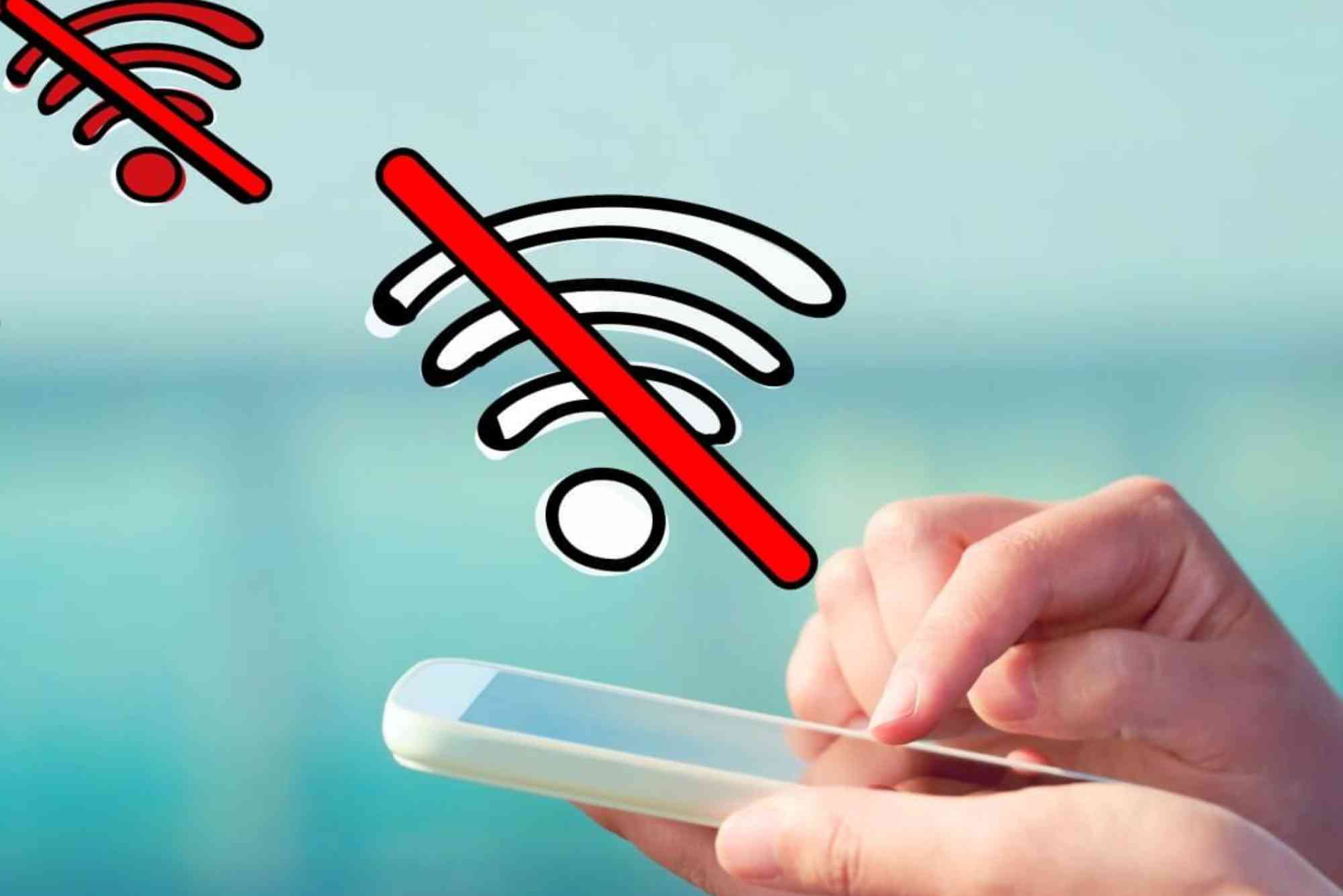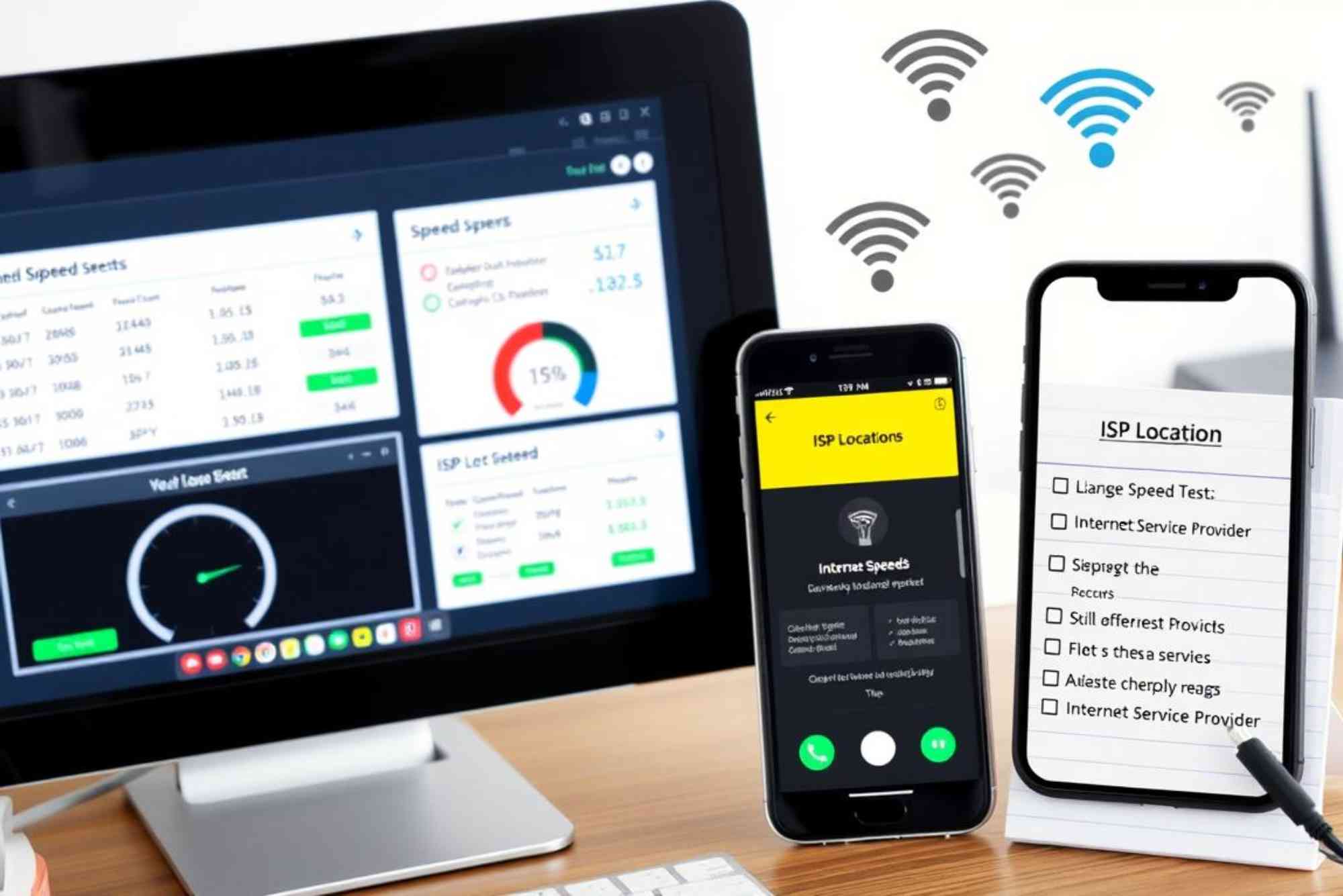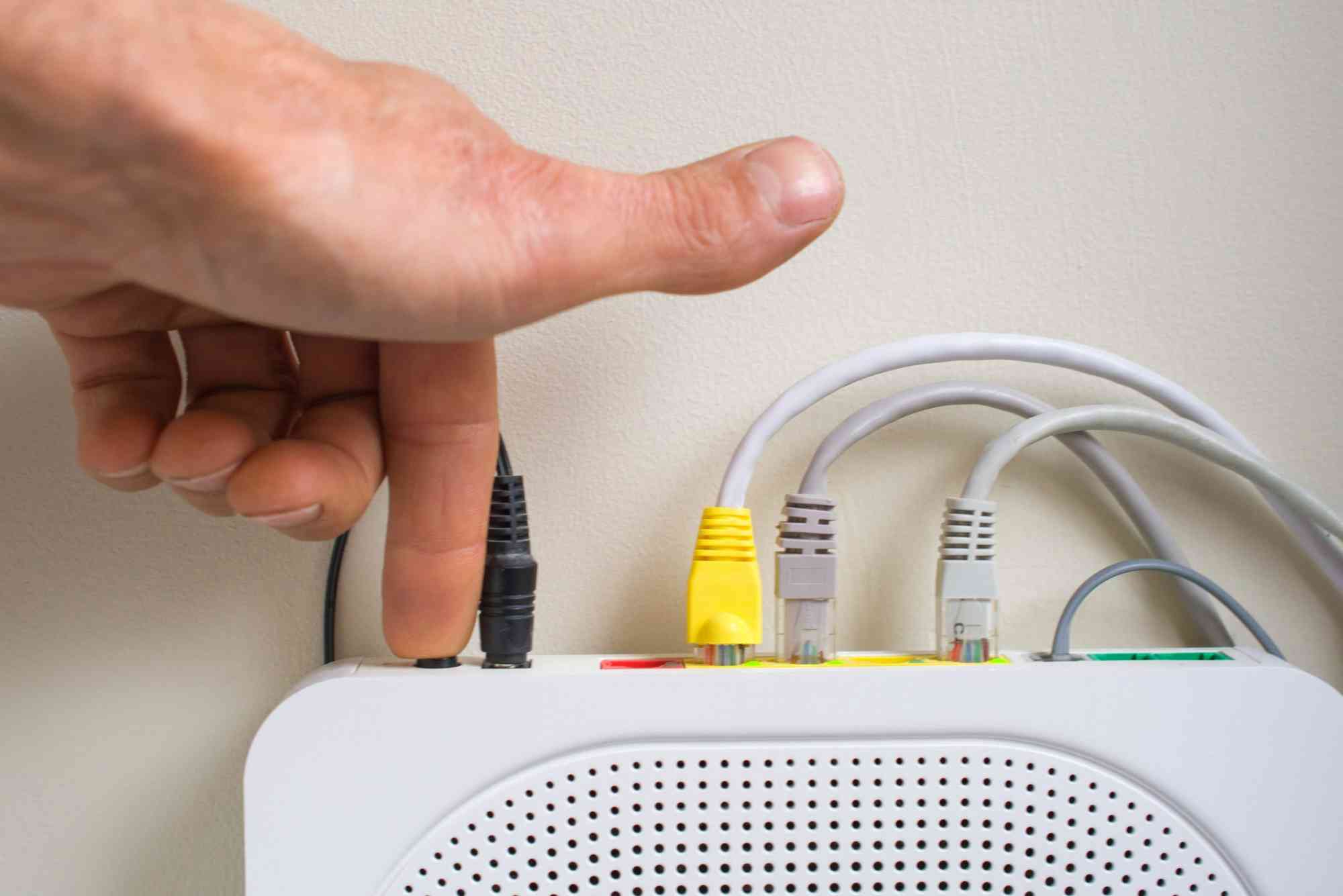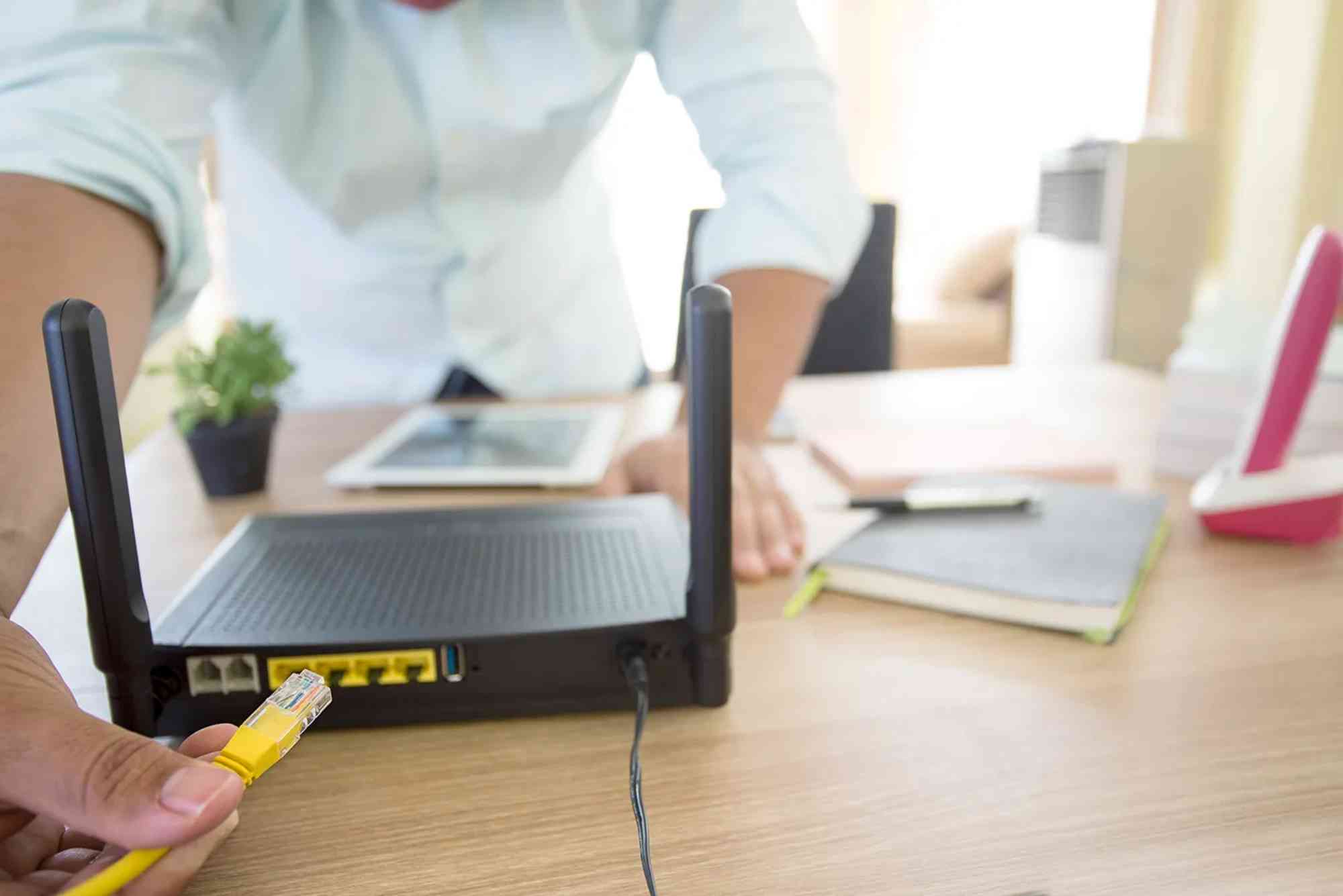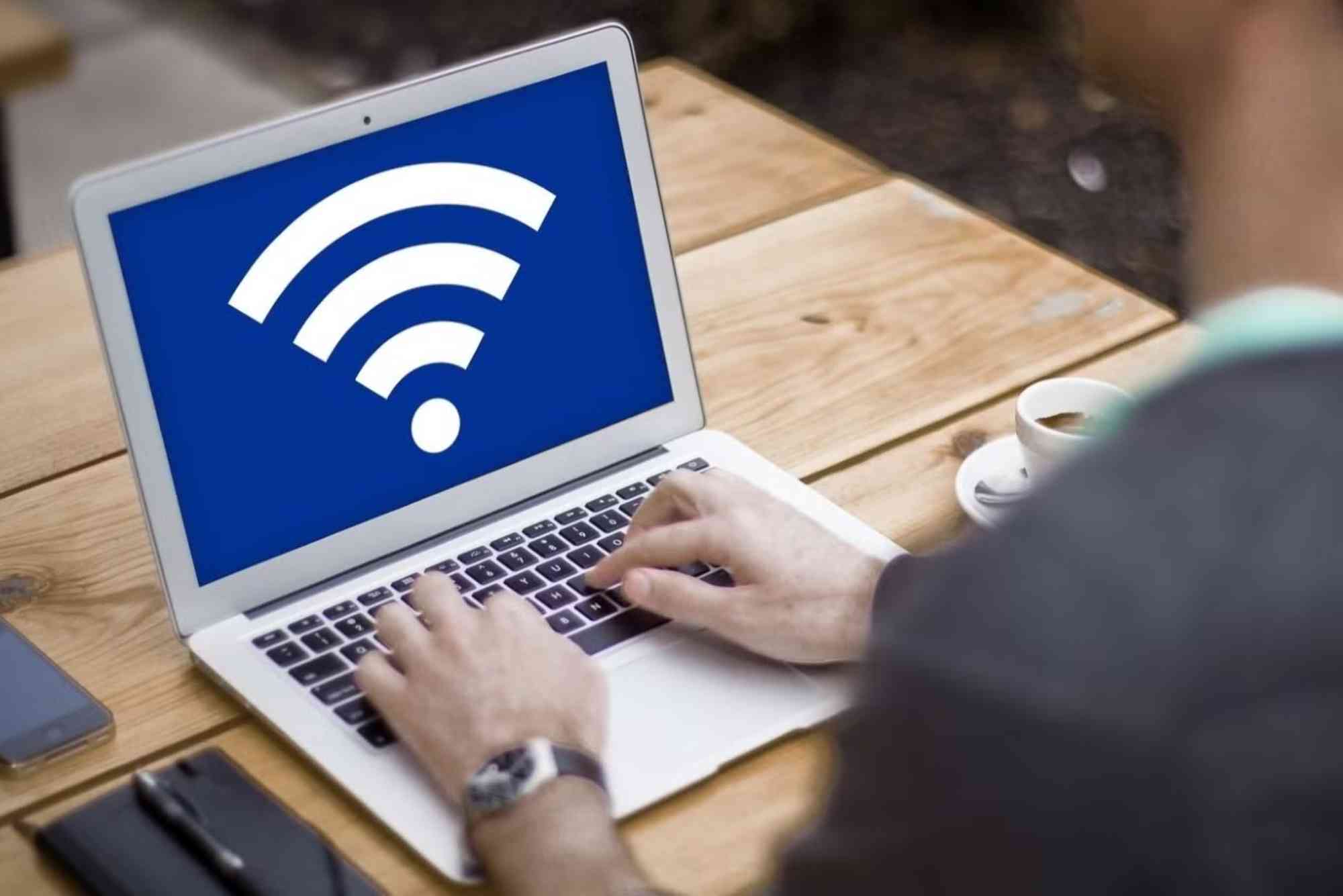Introduction
When you sign up for an internet plan, the promise of blazing-fast speeds often excites you. Yet, once you begin using the connection, reality can feel different. Many users wonder: why is ISP speed different from advertised? This question highlights a frustration that millions of internet subscribers face worldwide. The truth is that your actual internet speed rarely matches the flashy numbers displayed in advertisements. But before blaming your provider, it is essential to understand why this happens and what you can do about it.
The Difference Between Advertised and Actual Speeds
Internet service providers (ISPs) typically promote speeds as “up to” a certain number. That means your plan could theoretically reach that figure under ideal conditions. However, the real-world experience depends on several factors outside the control of advertisements. For example, network congestion, your hardware, and even the websites you visit play a role.
This gap between expectation and reality explains why many customers feel disappointed. But instead of assuming fraud, it is more accurate to view advertised speeds as the maximum limit rather than a guaranteed baseline.
Factors That Make ISP Speed Different
Several variables influence why you may not be getting the speeds you thought you paid for.
Network Congestion
Internet networks work much like highways. During peak hours, too many users try to access the same network resources. Just like cars in rush-hour traffic, the flow slows down. When thousands of users stream videos, download files, or play games simultaneously, the network cannot deliver maximum speed to everyone.
Distance From Infrastructure
Your distance from the ISP’s infrastructure plays a significant role. If you are far from a fiber node or DSL exchange, your connection weakens. Cable internet users often share bandwidth with neighbors, making the distance and user density even more critical.
Hardware Limitations
Outdated routers, weak Wi-Fi signals, or old devices can bottleneck your internet speed. Even if your ISP is delivering near-advertised speeds to your home, your equipment may be incapable of handling it.
ISP Throttling and Data Caps
Sometimes, ISPs intentionally slow connections, especially after you reach a data cap. This practice, called throttling, ensures fair distribution of bandwidth but often frustrates users who expect consistency. Throttling explains why is ISP speed different from advertised even when conditions seem perfect.
Types of Internet Connections
Fiber-optic, cable, DSL, and satellite internet all deliver speeds differently. Fiber connections are generally more consistent, while satellite internet often lags because of signal transmission over long distances. Your choice of connection type determines not just your maximum speed but also its reliability.
Misleading Marketing Practices
Advertising tends to highlight the best possible scenario. When an ISP says “up to 500 Mbps,” that is not the speed you will experience at all times. The words “up to” are often buried in small print, creating expectations that are rarely met.
Moreover, ISPs usually measure speeds under controlled conditions with minimal network usage. This environment is very different from the average household, where multiple devices, smart TVs, and phones compete for bandwidth.
Testing Your Actual Internet Speed
The easiest way to confirm your current speed is by using online tools such as Ookla Speedtest or Fast.com. However, these results can vary depending on the time of day and how many devices are connected.
For accurate testing, connect your device directly to the modem with an Ethernet cable. Run multiple tests at different times of the day. Compare the results to your advertised plan to see if the gap is consistent.
Steps to Improve Your Internet Speed
If you constantly ask why is ISP speed different from advertised, you can take several steps to improve your experience.
Upgrade Your Equipment
Invest in a high-quality router that supports modern standards like Wi-Fi 6. Place it in a central location in your home to reduce signal loss.
Reduce Device Overload
Disconnect devices not in use. Smart appliances, background updates, and idle gadgets can consume bandwidth silently.
Use Wired Connections
Ethernet connections are faster and more stable than Wi-Fi. For activities like gaming or video conferencing, always prefer wired over wireless.
Talk to Your ISP
Sometimes, the issue lies with your provider. Contacting customer support may help identify problems or even qualify you for a free equipment upgrade. In some regions, better alternatives such as Dhanote Internet Services may provide more consistent speeds than bigger names.
Legal and Regulatory Perspectives
Governments in many countries have stepped in to regulate how ISPs advertise their speeds. In the United States, for example, the Federal Communications Commission (FCC) requires more transparency. Some regulators mandate that ISPs provide average speeds rather than theoretical maximums.
These rules help protect consumers, but enforcement varies by country. If your ISP consistently underdelivers, you may have legal grounds to demand compensation or switch providers.
Why Upload Speeds Differ Too
Most advertisements highlight download speeds because consumers prioritize streaming and browsing. Upload speeds, however, are equally important for video calls, online gaming, and cloud storage. Many ISPs provide asymmetric speeds, meaning downloads are much faster than uploads. This explains why your video call may stutter even if your streaming works fine.
Real-World Expectations
It is unrealistic to expect your internet to match the advertised number every second. Instead, a good provider should deliver speeds close to the promised range most of the time. If your speed constantly falls below 80% of the advertised plan, you should consider alternatives.
FAQs
Why is ISP speed different from advertised even when I pay for high speed?
Because advertised speeds are theoretical maximums. Congestion, distance, and equipment often reduce real-world performance.
How can I check if my ISP is throttling my connection?
Run speed tests with and without a VPN. If speeds improve on the VPN, your ISP may be throttling.
Do all ISPs overstate their speeds?
Not all. Reliable providers often disclose average speeds and include disclaimers. The problem is more common with budget or regional ISPs.
Can switching providers solve my speed issues?
Yes. If your ISP cannot deliver consistent performance, switching to a better option like fiber or a trusted local service can help.
Is it normal for Wi-Fi speeds to be lower than advertised?
Yes. Wi-Fi loses signal strength through walls, interference, and distance, making wired connections faster.
Understanding why is ISP speed different from advertised helps set realistic expectations. From network congestion to throttling, many factors influence your experience. The advertised number is rarely a guarantee; it is more like a peak performance indicator. By upgrading your hardware, managing devices, and testing your speed, you can close the gap between expectation and reality.



